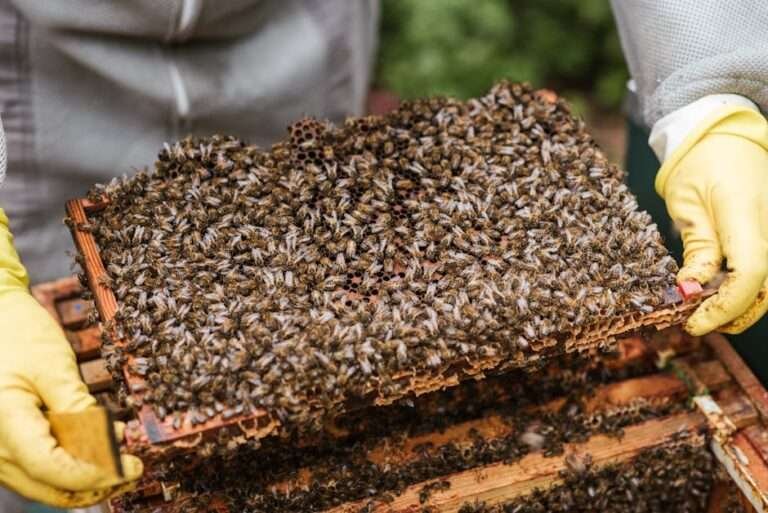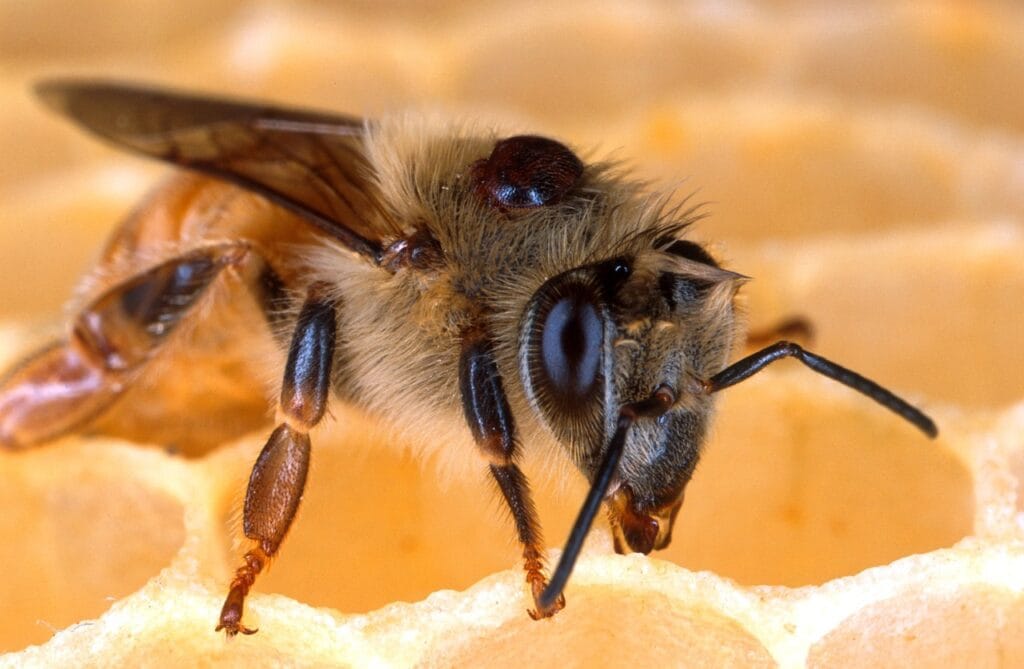Creating an artificial swarm satisfies bees’ reproductive instincts because it closely simulates the colony-level process of natural swarming, which is the primary way honey bee colonies reproduce and ensure their long-term survival.
- Colony-level reproduction: Unlike individual bee reproduction (the queen laying eggs), a honey bee colony’s “ultimate goal” is to create new colonies. Swarming is the natural expression of this drive: the original colony splits, with the old queen and many workers leaving to start a new nest, while the remaining bees raise a new queen and continue in the parent hive[1][2].
- Artificial swarming mimics this process: When a beekeeper creates an artificial swarm, they physically separate the queen and a group of workers (often with some brood and resources) from the remainder of the hive, which is left with developing queen cells[3][4][5][6]. This division tricks both parts into “thinking” a swarm has happened:
- The “swarm” (new split) believes it has left to start a new hive.
- Satisfying the swarm impulse: This artificial separation disrupts the conditions (overcrowding, queen pheromone dilution, and resource abundance) that trigger swarming. Each split part now acts as a viable, independent colony with the urgent purpose of survival and reproduction, just as they would after a natural swarm event[3][5][1].
- Reproductive success at the colony and species level: By “fooling” the bees into believing they have already reproduced via swarming, the beekeeper redirects the colony’s energies back to brood rearing, foraging, and gathering stores, rather than preparing for further swarms. This also prevents the major workforce loss and brood break typically caused by uncontrolled natural swarming[3][5].
In summary
An artificial swarm uses bees’ deeply ingrained biological urges for colony reproduction to redirect their behavior and relieve the pressure that leads to natural swarming—ensuring colony health and continuity in a controlled, predictable way[3][4][5][1][6][2].
⁂
- https://www.youtube.com/watch?v=F9emegNkGJ0
- https://beeswarmed.org/post/fascinating-science-honeybee-swarms
- https://theapiarist.org/how-artificial-is-an-artificial-swarm/
- https://beekeepingforum.co.uk/threads/artificial-swarm-options-now.18813/
- https://www.honeybeesuite.com/how-to-make-a-swarm-control-split/
- https://talkingwithbees.com/beekeeping-how-to-guides/swarm-management/create-an-artificial-swarm



